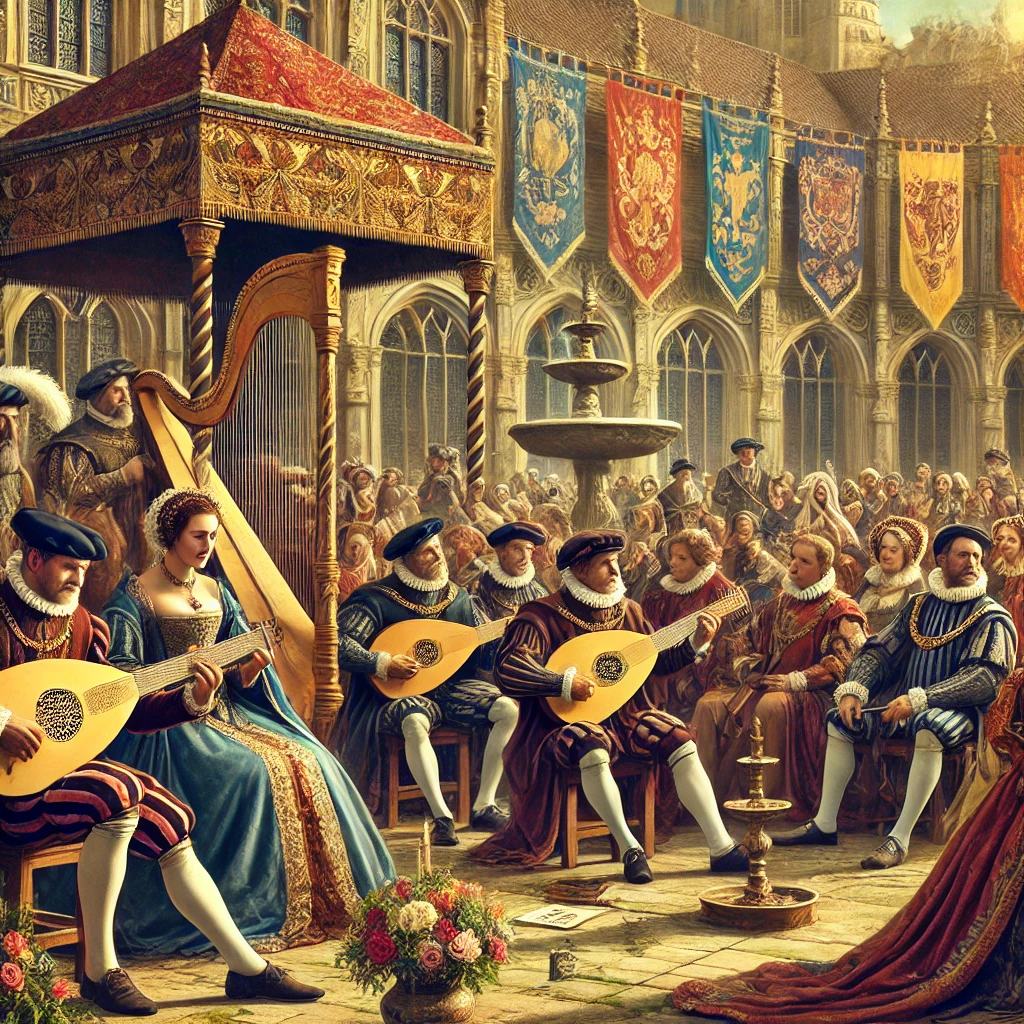In the summer of 1969, a small farm in upstate New York became the epicenter of a cultural revolution. Thousands of young people gathered at Woodstock, a music festival that would change the world forever. This legendary event wasn’t just about peace, love, and music—it was a statement against the mainstream, the Vietnam War, and traditional societal norms. Woodstock has since become synonymous with the rise of countercultural festivals—but how did one muddy weekend lead to the birth of modern festivals as we know them today? Read on to find out!
Woodstock: A Turning Point in Music Festival History
Woodstock wasn’t the first music festival, but it was certainly the most significant. Held from August 15-18, 1969, in Bethel, New York, Woodstock drew in over 400,000 attendees. What started as a ticketed event quickly became a free concert when the sheer number of people overwhelmed the festival’s infrastructure. Woodstock’s chaotic charm and its anti-establishment ethos made it an iconic moment in the history of not just music, but youth culture.
The festival hosted legendary artists like Jimi Hendrix, Janis Joplin, The Who, and Crosby, Stills, Nash & Young. Each performance was infused with messages of peace, unity, and rebellion, which resonated deeply with the attendees, many of whom were protesting the Vietnam War. Woodstock’s impact transcended music, as it embodied the countercultural movement of the 1960s—a movement that would influence generations to come.

Counterculture, Music, and the Anti-War Movement
The late 1960s were a time of political and social upheaval in the United States. Young people were disillusioned by the ongoing Vietnam War, civil rights injustices, and societal expectations. Woodstock became a platform for expressing this disillusionment, using music as a tool for protest.
While Woodstock was centered around music, it was also a gathering place for activists, free spirits, and those seeking a new way of living. The communal atmosphere—where food, shelter, and even drugs were shared openly—emphasized the idea of togetherness and defiance against consumerist culture. Countercultural festivals were born from this ethos, promoting non-commercialized spaces for art, activism, and self-expression.
Woodstock’s Ripple Effect: How It Inspired Future Festivals
After Woodstock, music festivals took on a whole new meaning. The idea that festivals could be more than just performances was firmly planted in the cultural consciousness. Future festivals like Glastonbury (which started in 1970) and later, Burning Man, would adopt Woodstock’s spirit of inclusivity and rebellion. These events incorporated more than just music, adding art, performance, and activism into the mix.
Woodstock showed that festivals could be a place where people came together for a common purpose, whether that was challenging political ideologies or simply celebrating personal freedoms. The modern festival landscape—with events like Coachella, Bonnaroo, and Lollapalooza—owes much to the foundation Woodstock laid. Each of these festivals, in its own way, reflects the countercultural values that Woodstock amplified.


Burning Man: The Ultimate Countercultural Festival
While Woodstock may have been the origin point for countercultural festivals, Burning Man is arguably the ultimate expression of the movement. Founded in 1986, Burning Man is an annual event that takes place in Nevada’s Black Rock Desert. Like Woodstock, Burning Man emphasizes community, creativity, and freedom from societal norms, but with a focus on self-reliance and decommodification.
The spirit of Woodstock can be seen in Burning Man’s refusal to commercialize, as there are no corporate sponsors, advertisements, or vendors. Participants are encouraged to bring everything they need to survive in the desert and to share their skills, art, and resources. This communal, anti-capitalist philosophy is a direct descendent of Woodstock’s legacy.
The Enduring Influence of Woodstock on Today’s Festivals
From its chaotic yet magical three days in 1969, Woodstock has left an indelible mark on the world of festivals. Its influence is still visible in modern events that celebrate music, art, and rebellion against the mainstream. Festivals today have become more polished and commercialized, but the essence of countercultural rebellion lives on in spaces where people come together to celebrate diversity, creativity, and resistance to the status quo.
Woodstock’s legacy also lives on in the way festivals serve as incubators for social change. Whether it’s climate activism at Glastonbury or equality movements at Coachella, modern festivals carry the torch of Woodstock’s ideals, even if the landscape looks very different from that muddy field in upstate New York.
In a world where individualism and digital connections often dominate, festivals remain a rare space for genuine human connection. The seeds of this connection were planted at Woodstock and have grown into a global phenomenon that unites people across cultures, borders, and ideologies.


Conclusion: The Festival that Changed Everything
Woodstock 1969 wasn’t just a music festival; it was a movement that birthed the modern festival culture we know today. From its humble beginnings in a muddy field to its lasting influence on global events like Glastonbury and Burning Man, Woodstock represents the power of music, art, and community to bring about change. It’s more than a piece of history—it’s a symbol of possibility.
If Woodstock taught us anything, it’s that when people come together for a cause—whether it’s peace, music, or social change—magic can happen.
Sources
- “Woodstock: 3 Days of Peace & Music.” Woodstock.com. Accessed October 4, 2024.
- “The Legacy of Woodstock.” Rolling Stone, August 12, 2019.
- “Burning Man: The Ultimate Countercultural Festival.” Burningman.org. Accessed October 4, 2024.
- “The Impact of Woodstock on Modern Festivals.” Festival Insights, June 25, 2022.



